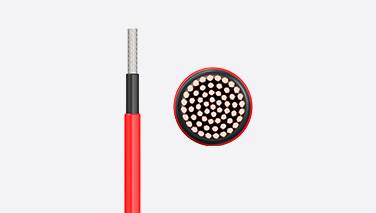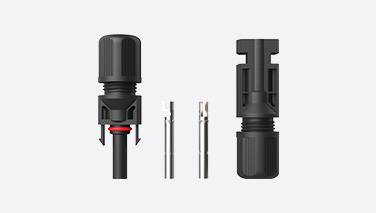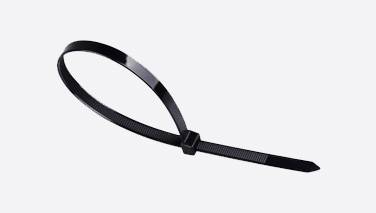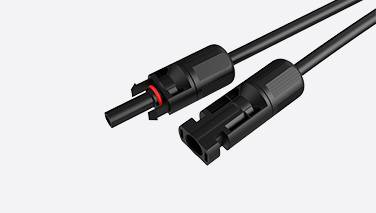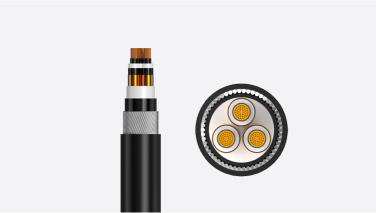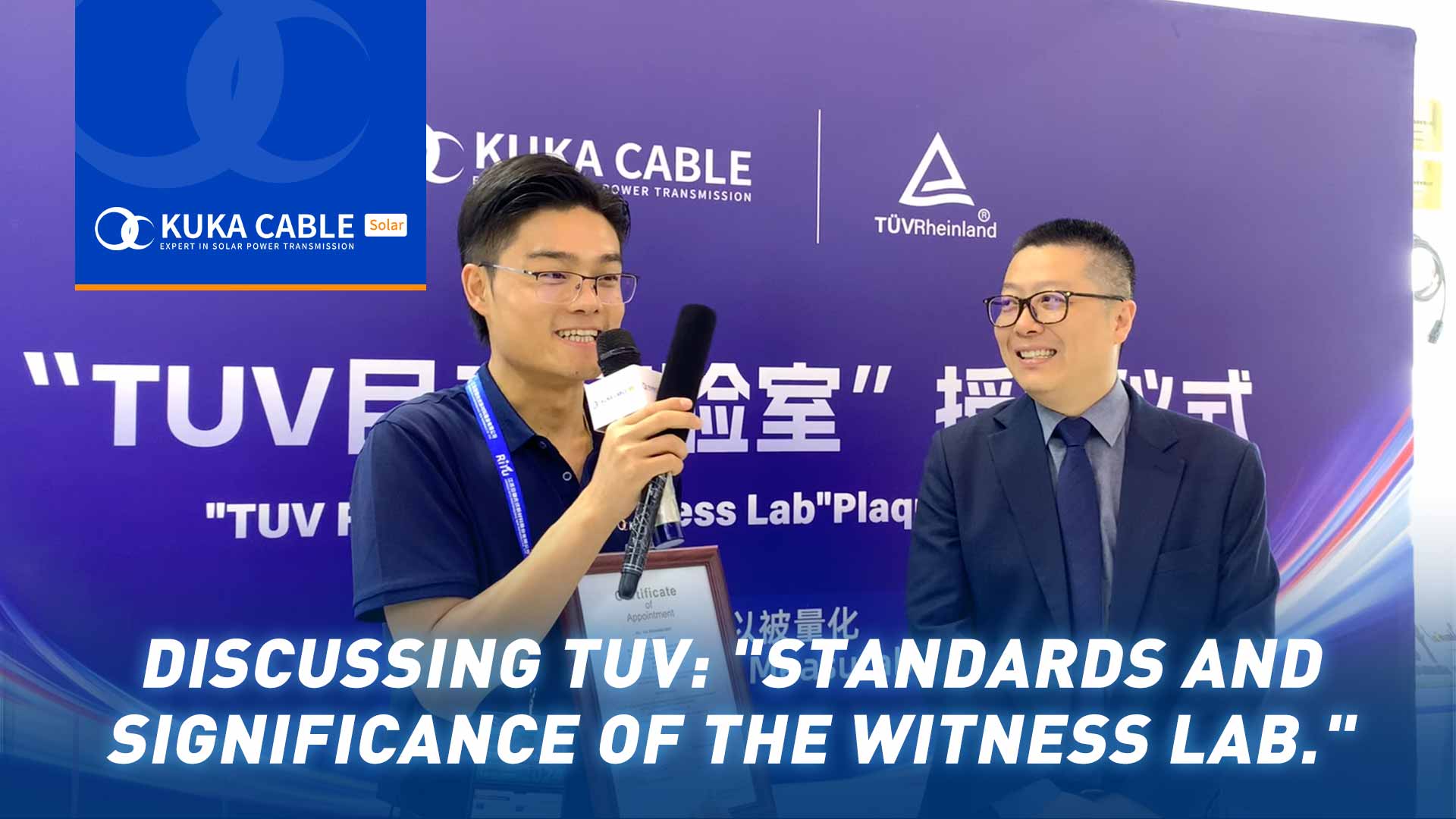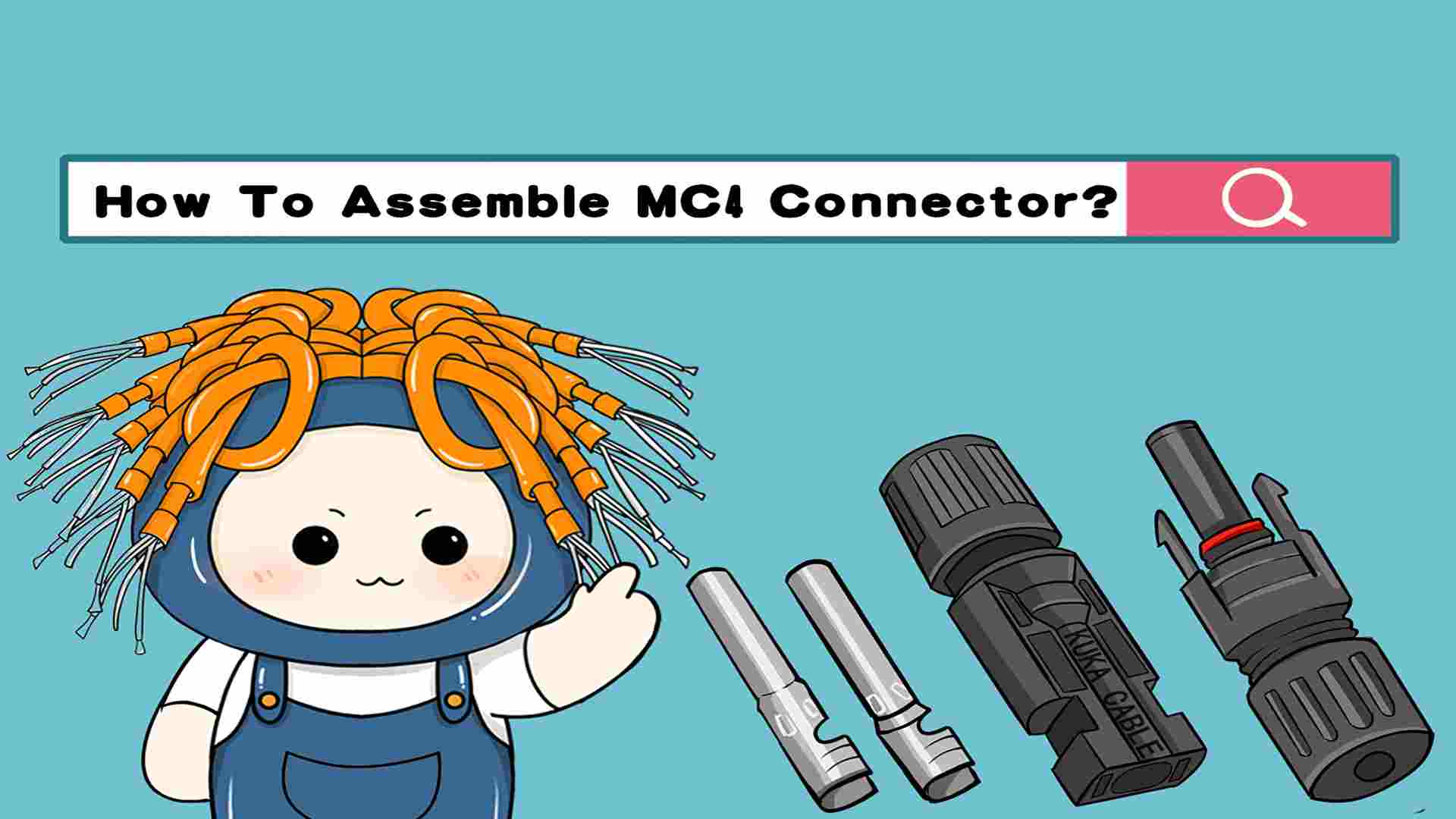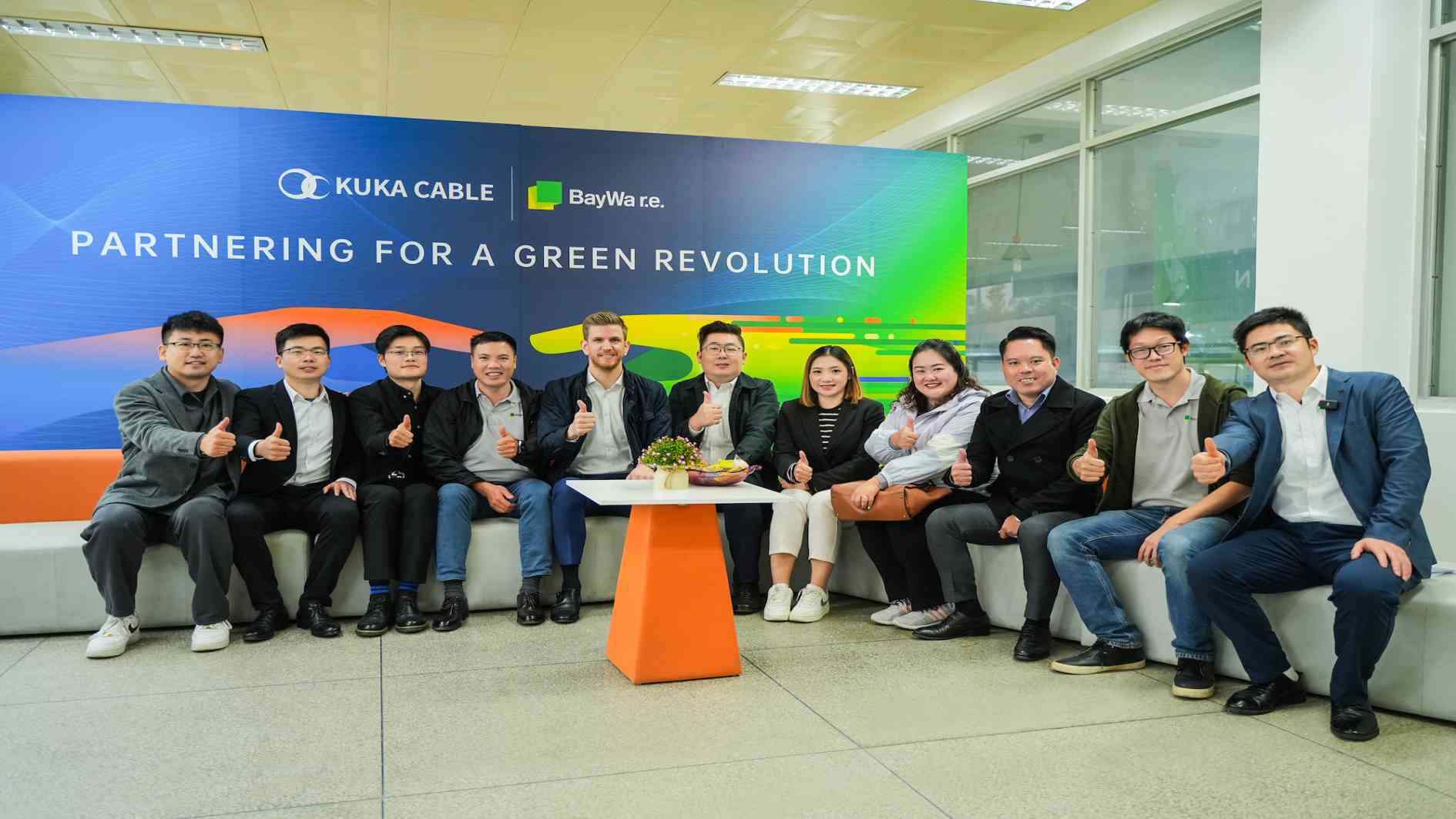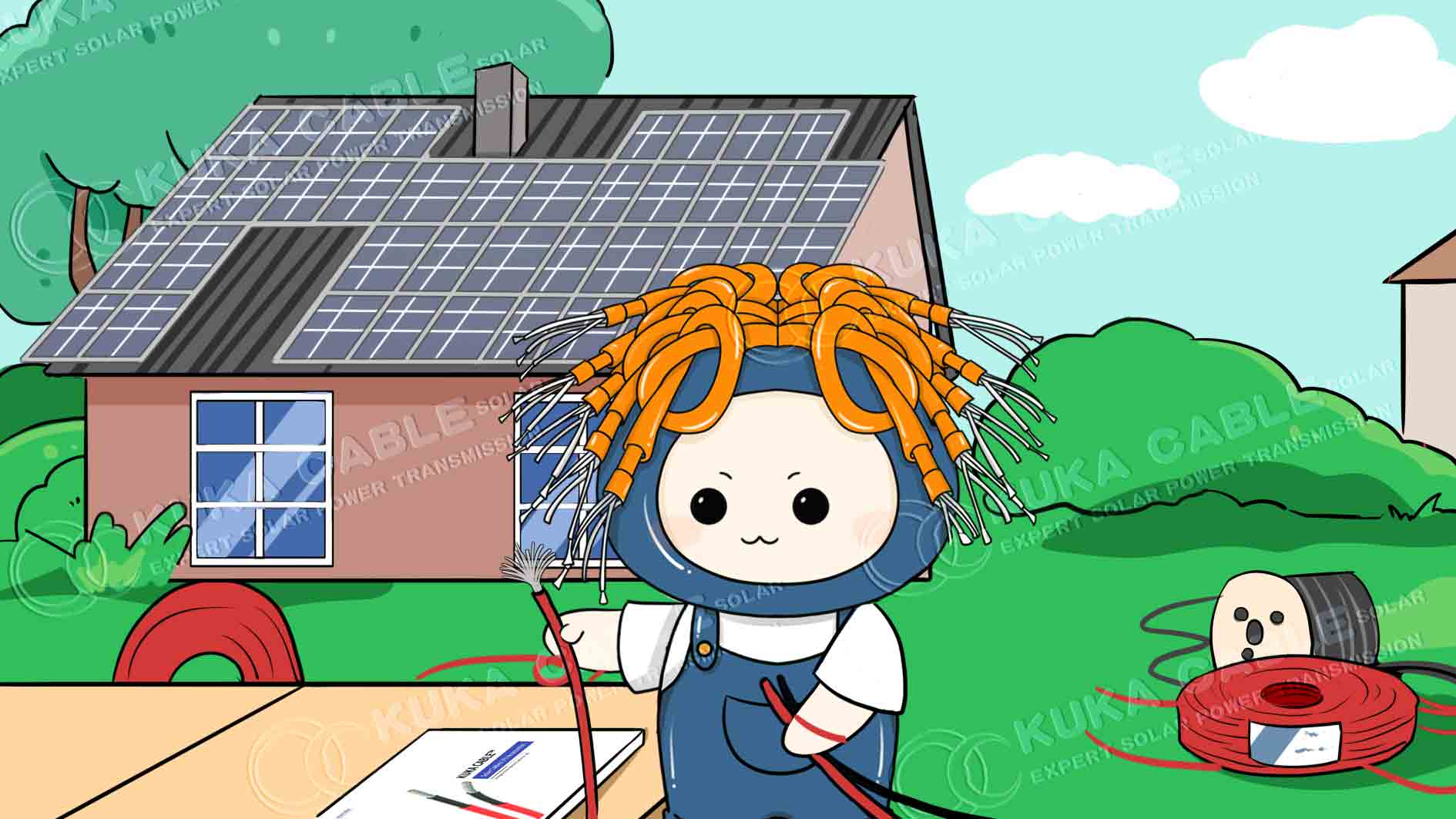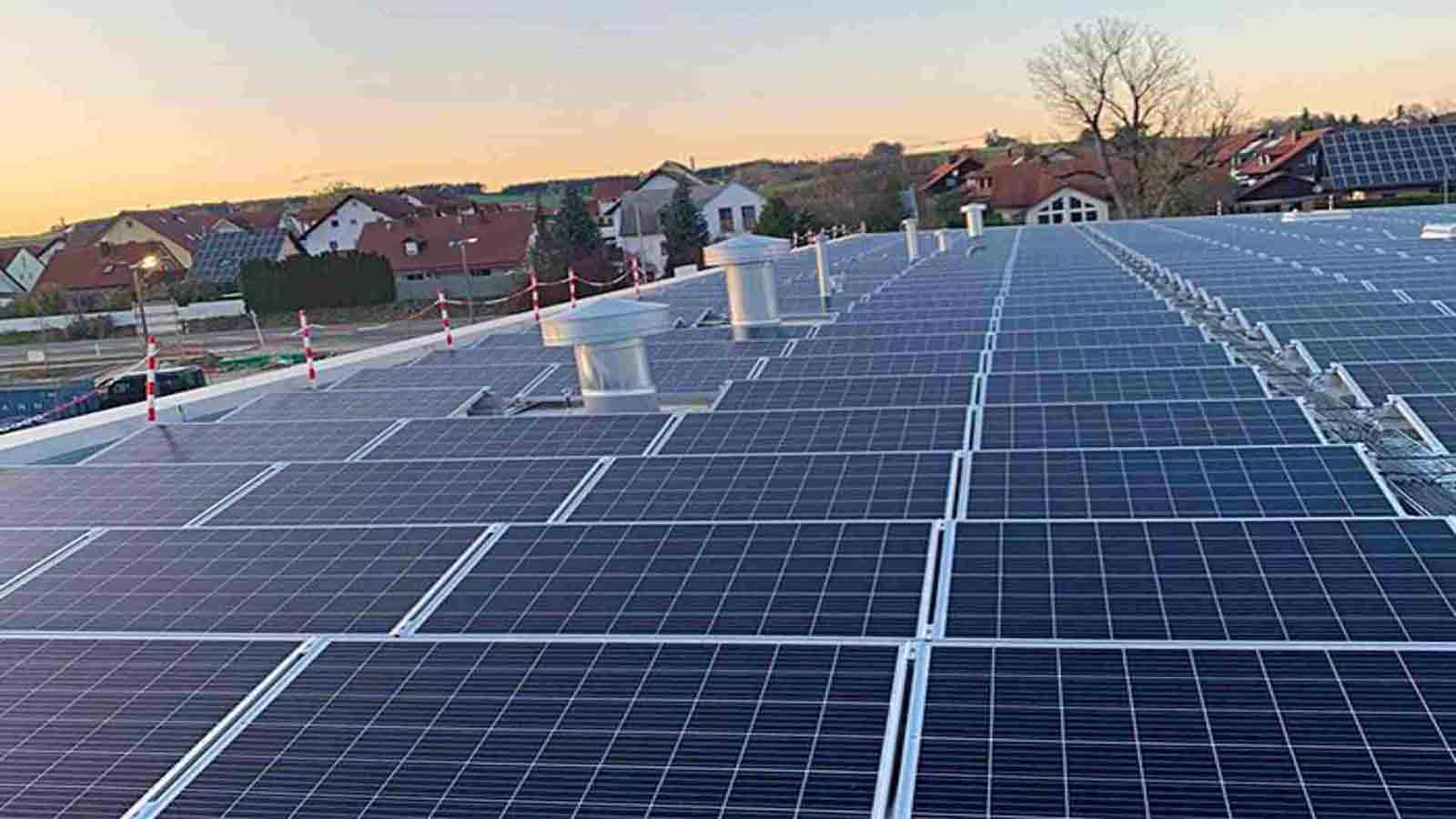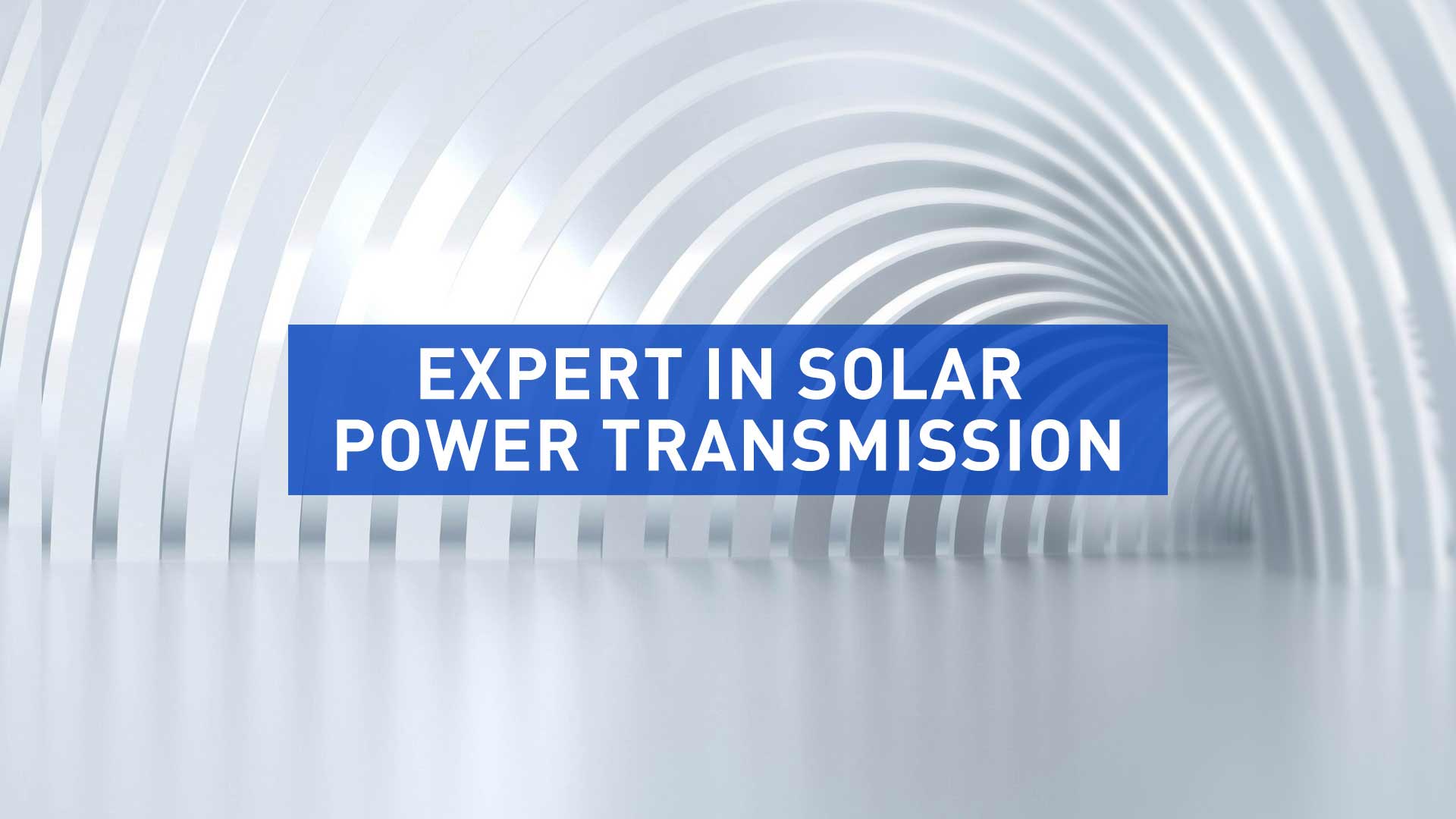Aluminum vs Tinned Copper Conductors in Solar Cables | KUKA CABLE
OCTOBER 22ST,2025
Aluminum vs Tinned Copper Conductors in Solar Cables | KUKA CABLE
1. Introduction
In modern photovoltaic (PV) systems, the choice of conductor significantly affects system efficiency, durability, and installation cost.
Two widely used conductor types — tinned copper and aluminum — have distinct strengths depending on project size, environmental conditions, and budget.
KUKA CABLE, as a global solar cable manufacturer, provides certified solutions meeting IEC, EN, UL, and RETIE standards worldwide.
2. Material Overview
Property | Tinned Copper Conductor | Aluminum Conductor |
Composition | Pure copper strands with tin coating | High-purity aluminum or aluminum alloy |
Electrical Conductivity | 100% IACS | ≈61% IACS |
Density | 8.9 g/cm³ | 2.7 g/cm³ |
Thermal Expansion | Low | Moderate |
Weight | Heavy | ~70% lighter |
Cost | High | About 1/3 of copper |
3. Electrical and Mechanical Performance
Feature | Tinned Copper Solar Cable | Aluminum Solar Cable |
Electrical Conductivity | Excellent — minimal voltage drop | Moderate — compensated by larger cross-section |
Flexibility | High | Medium |
Corrosion Resistance | Excellent — tin layer prevents oxidation | Good — requires anti-corrosion treatment |
Tensile Strength | High — suitable for mobile or tracker systems | Lower — suitable for fixed installations |
Weight-to-Performance Ratio | Heavy but efficient | Lightweight and cost-effective |
Service Life | 30+ years | 20–25 years (with proper protection) |
4. Impact on Power Generation Efficiency
Higher conductivity reduces I²R losses — meaning less energy is wasted as heat.
Aluminum conductors have higher resistance and slightly greater energy loss, but this can be mitigated by increasing the cable cross-section.
Practical Note:
- High-performance rooftop or storage systems → Tinned Copper
- Large-scale or cost-sensitive PV farms → Aluminum with optimized cross-section
5. Performance in Harsh Environments
Environment Factor | Tinned Copper | Aluminum |
High Temperature | Stable, low thermal expansion | Moderate expansion, requires careful design |
UV Exposure | XLPE insulation resists UV | Requires UV-resistant coating |
Salt / Humidity | Excellent corrosion resistance | Medium, needs anti-corrosion treatment |
Sand / Dust | Good abrasion resistance | Needs protective jacket |
Flexing / Mechanical Stress | High flexibility | Lower flexibility, fatigue risk |
6. Cost and Installation Efficiency
Aluminum costs around one-third of copper, providing a significant cost advantage for large solar farms.
Its lightweight nature allows easier handling and reduces mounting load.
Tinned copper cables have higher initial costs but offer longer lifespan and lower maintenance, making them ideal for premium or high-performance systems.
7. Application Scenarios
Scenario | Recommended Conductor | Reason |
Rooftop PV | Tinned Copper | High flexibility and reliability |
Coastal / Tropical | Tinned Copper | Superior corrosion resistance |
Large-scale Ground-mounted | Aluminum | Lightweight and cost-effective |
Long-distance DC Transmission | Aluminum | Larger cross-section reduces voltage drop |
Tracker or Mobile System | Tinned Copper | Fatigue resistance and flexibility |
8. Conclusion
Tinned Copper:
Best for high-performance, long-life systems.
Aluminum:
Best for large-scale, cost-sensitive installations, with proper cross-section and protective measures.
KUKA CABLE provides certified, high-quality solar cables suitable for harsh environments and global renewable projects — ensuring optimal efficiency, durability, and safety.



